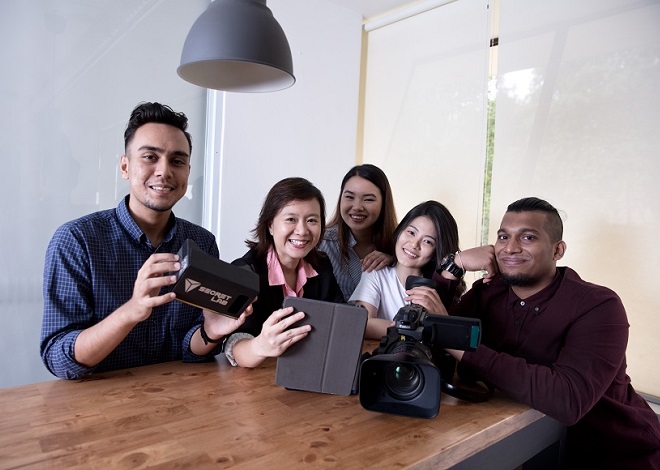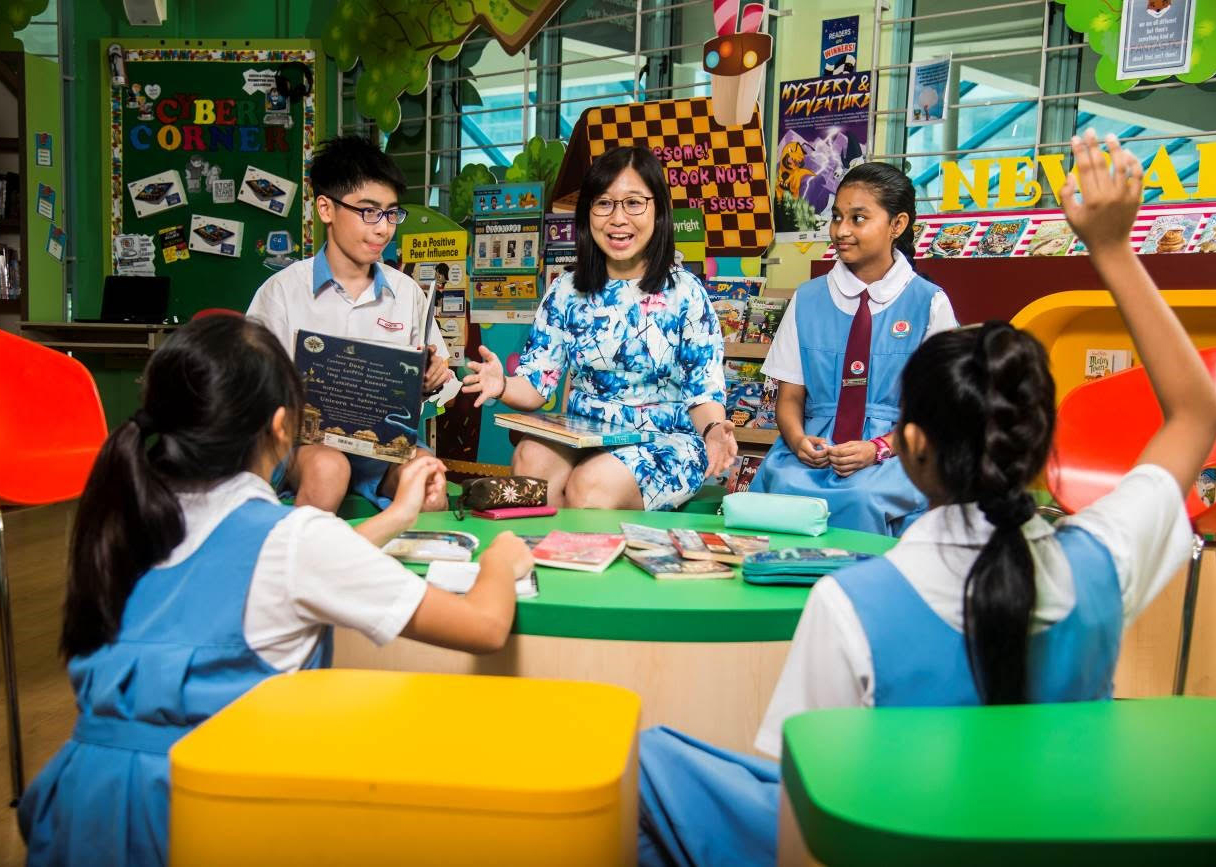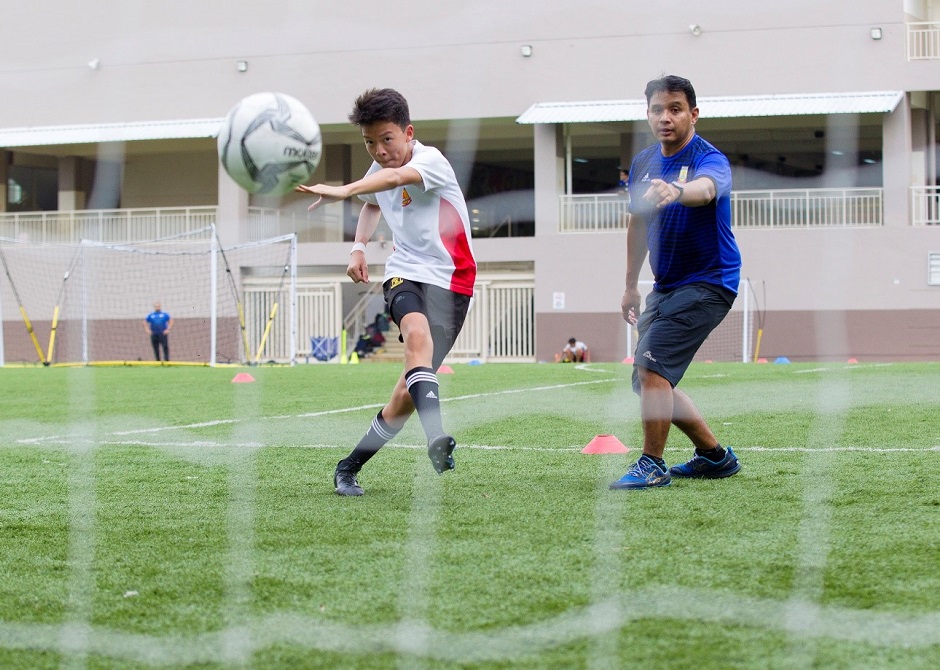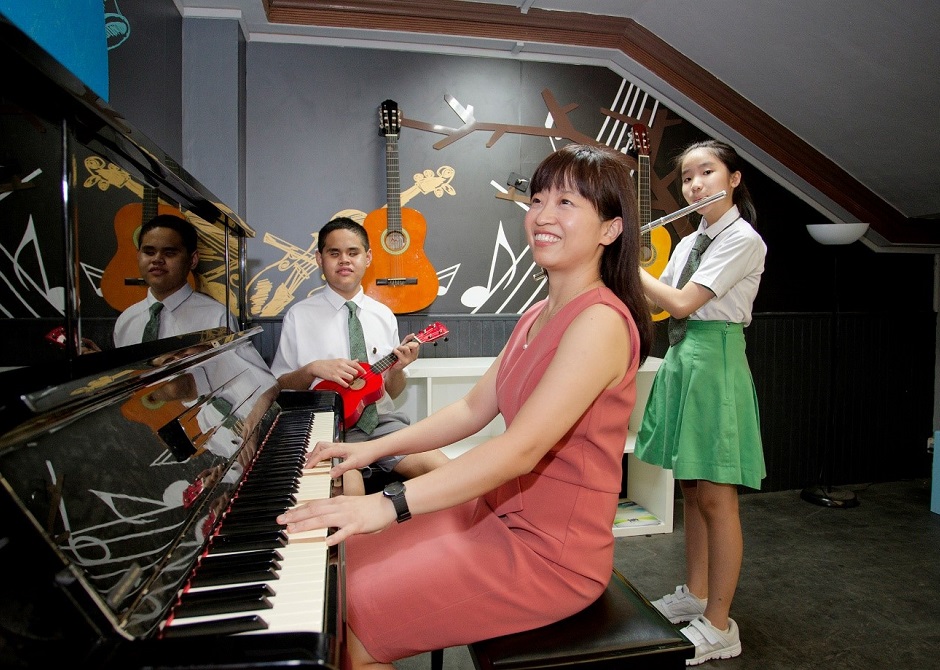Ms Kwa Lay Ping, Singapore Polytechnic, President’s Award For Teachers 2017 Recipient
The media industry can be unforgiving. To make sure her students are ready for its challenges, Kwa Lay Ping doesn’t go easy on them either.
They may turn up for her class only to be told they need to do a full-day, 10-camera shoot that very weekend.
Even after scrambling to pull it together, they have to face her no-nonsense feedback. A student once stormed out of her lesson because he took her comments too personally.
“Reality can be tough on the egos of students, but that’s the media life,” says the diminutive Media and Communication lecturer.
She believes one way to prepare them for the workplace is to give them tight deadlines, such as producing a video within a week, which is “the current market turn-around”, she says.
Even when she steps in to assist them, it is with conditions. “In class, if students have a problem, they can always come to me for advice, but they must have three possible solutions in mind first. I won’t be doing them any favours by spoon-feeding them the answers.”
She also gets her students to put their videos online, and factors in likes, shares and comments as part of their assessment criteria. One student was lambasted by commenters for his video featuring youths who spoke Mandarin poorly. “He felt very bad,” recalls Lay Ping, “but they have to be ready for things like that.”
In this way, she revamped Singapore Polytechnic’s Video Content Creation module, making her students work harder than they ever had in any other class. But they enjoyed it.
And the student who walked out on her class? After he calmed down, he came to appreciate that she doesn’t sugar-coat the facts.
The module itself went on to receive the highest feedback score of all those offered by the polytechnic’s School of Communication, Arts and Social Sciences that semester.
Rapport through technology
Despite her tough reputation, Lay Ping has scored with her students because of her great rapport with them. She takes an interest in their lives, and stays actively connected with them through Facebook, Instagram, Snapchat and Twitter.
She also engages them with a slew of education technology – or EduTech – tools. Real-time quiz applications like Socrative and Kahoot, and interactive video application Interlude are mainstays in her classes. She is a great believer in the potential of EduTech, because it can “[make] learning dry stuff like concepts a lot more fun.”
Kahoot, which she introduced in Singapore Polytechnic in late 2013, caught on like fire. “Before I knew it, it had spread campus-wide with everyone trying it out and competing,” she recalls.
Encouraged by this, she developed a video series for her fellow lecturers to share good EduTech practices. The six videos, which were made over the course of a year, each cover a different application. Her aim was to show that “anyone can pick up tech and integrate it into teaching and learning.”
Anyone – even her own students. In a reversal of roles, she got them to show her colleagues how they use photo-sharing platform Instagram. Her colleagues came away with a deeper appreciation of how important socialising through technology is for the younger generation, and the strategies they have evolved to manage their social-media accounts.
Lay Ping’s influence extends beyond her school. As part of an inter-polytechnic working group, she devised a module on facilitating online classes which is open to any lecturer from the five polytechnics.
She has also been invited to present papers both locally and internationally on subjects such as the use of wearable technology, such as Google Glass, in teaching. “Teachers have always been recording their lessons, but these glasses record from my own perspective and forced me to confront myself,” she says. “As a reflective tool for teachers, it is wonderful.”
Staying grounded
As passionate as she is about EduTech, Lay Ping is quick to remind her students: “It’s never about the tools, it’s about how you use the tools.”
For instance, they may use Facebook and Twitter socially, but Lay Ping shows them that these platforms can also be powerful business tools for marketing, branding, public sentiment analysis and data collection.
She also cautions that once they become communications or marketing professionals, they become representatives of their organisations, and anything they say online may be read by others in that context.
Her advice to them: “If you won’t say something to a person face to face, don’t say it on Twitter.”
It is the kind of restraint necessary for the working world, but she feels it should not stop them from continuing to learn and stretch themselves.
Acutely aware that the world is changing rapidly, especially with the rise of artificial intelligence and augmented reality, she believes “you need to keep learning, so you won’t become irrelevant.”






